Sao Tome Principe travel tips
Sao Tome Principe travel tips: Tropical island nation off the west coast of Central Africa, known for cocoa production and biodiversity.
Municipalities 🌎
Sao Tome Principe travel tips. Here is a list of all the municipalities of the Sao Tome Principe.
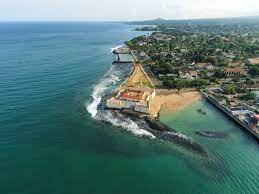
Água Grande
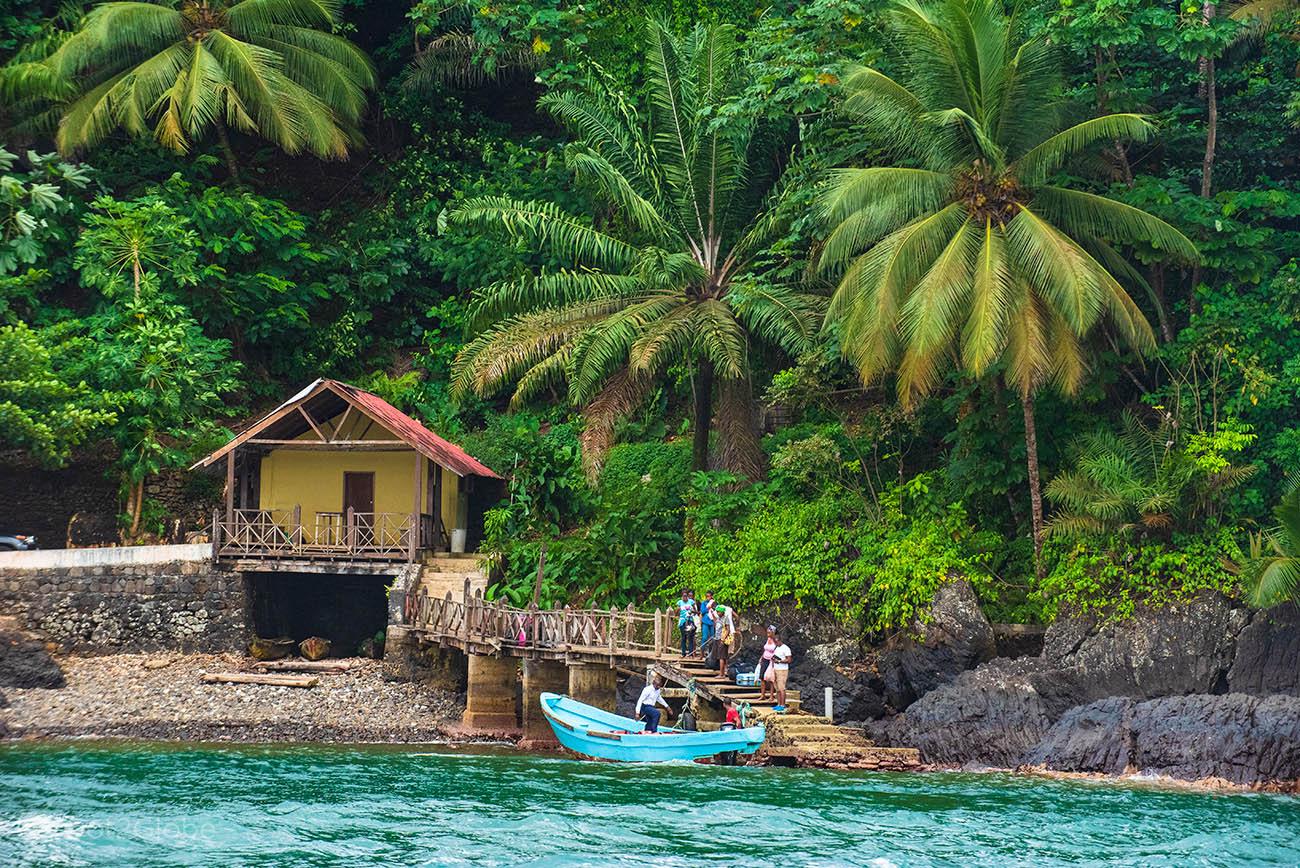
Mé-Zóchi
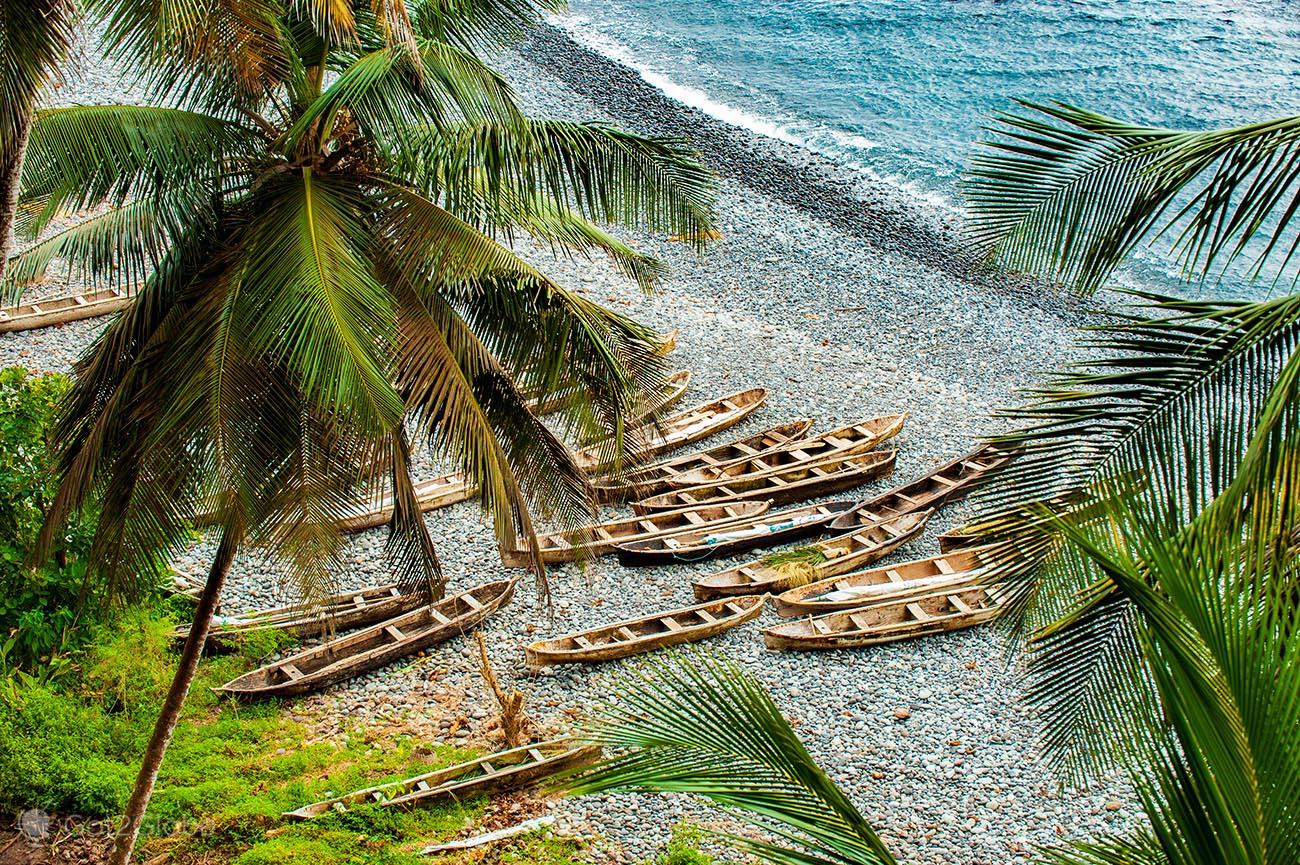
Lembá
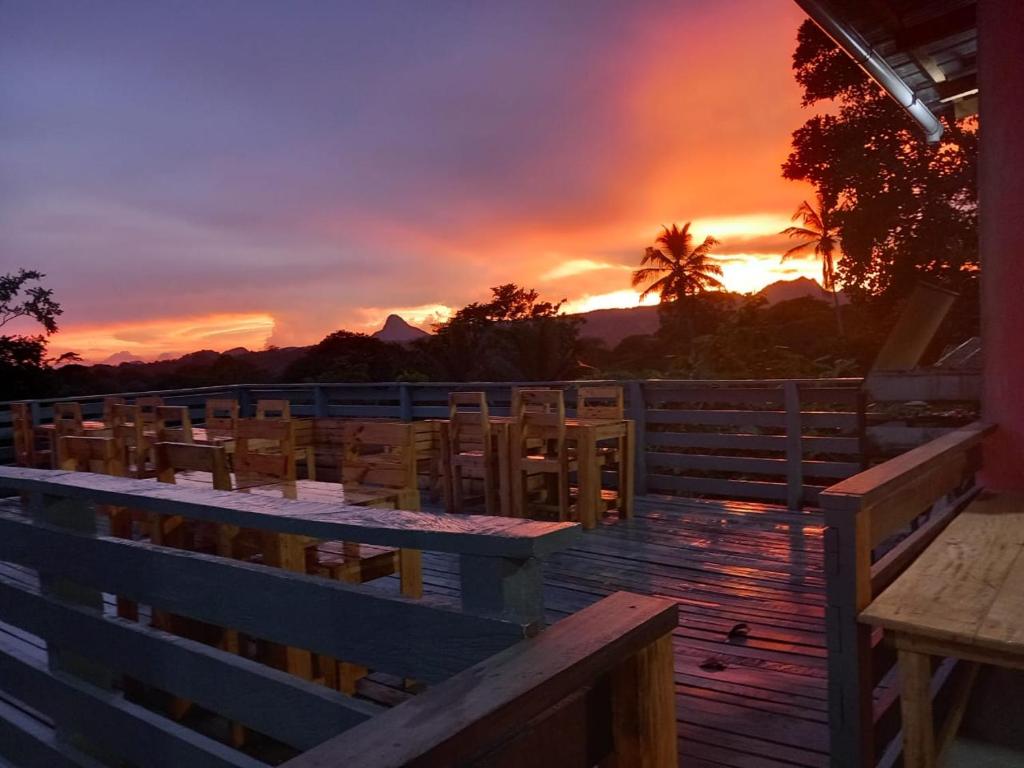
Cantagalo
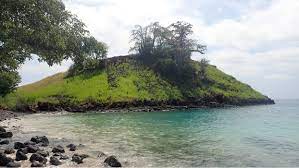
Lobata
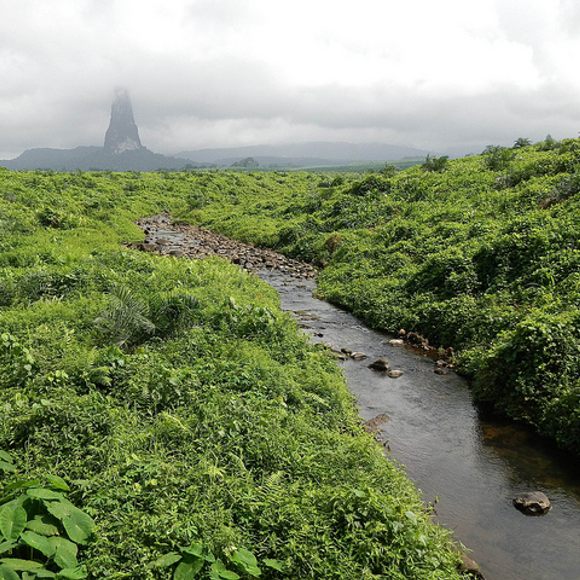
Caué

Pagué
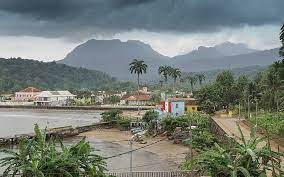
Santo António
Before you go 🛩
Important information you should know before your trip
Info
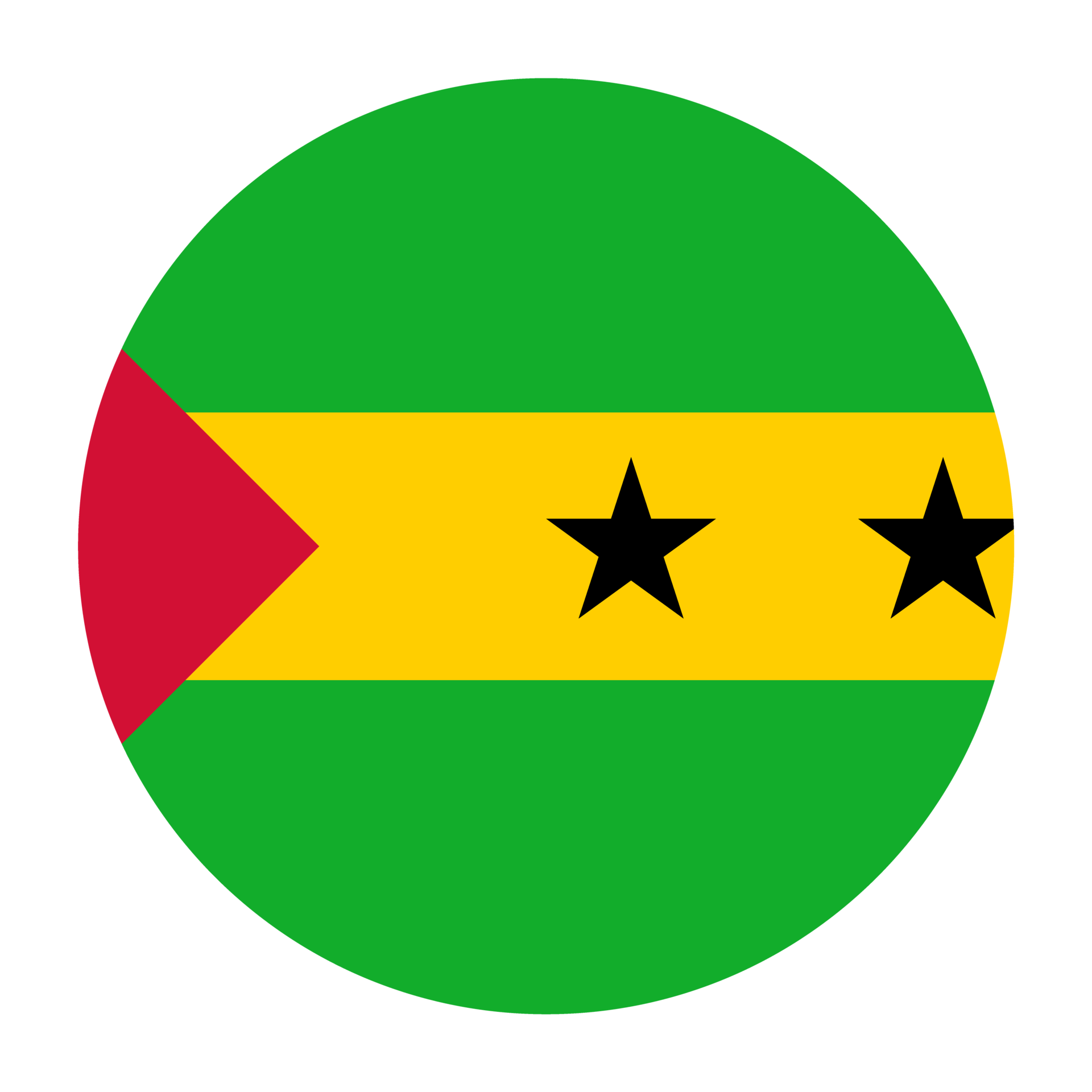
Capital | Sao Tome
Flag Codes:
ISO alpha-2 ST,
ISO alpha-3 STP
Currency
Badge | Dobra
CODE | STD
NUMBER | 678
SYMBOL | Db
FRACTION | penny
Mobile Coverage
Dialing Code | +239
SIM Card
Coverage | 3G / 4G / 5G |
Mobile Networks |
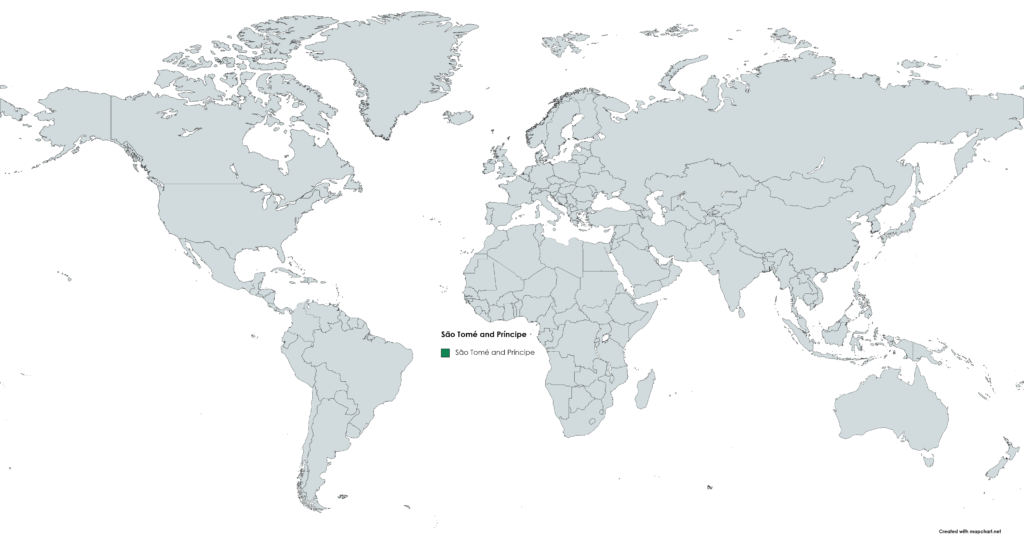
Location
São Tomé and Príncipe is an island nation located in the Gulf of Guinea, off the western coast of Central Africa. It consists of two main islands, São Tomé and Príncipe, as well as several smaller islets.
Major Islands:
São Tomé: The larger of the two main islands, São Tomé, is located to the south and is the most populous and economically significant island.
Príncipe: The smaller of the two main islands, Príncipe, is situated to the north of São Tomé. It is known for its natural beauty and is less densely populated.
Smaller Islets: São Tomé and Príncipe includes several smaller islets, some of which include Ilhéu Bom Bom, Ilhéu Caroço, Ilhéu das Rolas, and Ilhéu das Cabras.
The nation’s equatorial location gives it a tropical climate, and its islands are known for their lush rainforests, volcanic landscapes, and beautiful beaches. São Tomé and Príncipe is also famous for its biodiversity and is considered a paradise for ecotourism and nature enthusiasts. The capital city of São Tomé and Príncipe is São Tomé, located on the island of São Tomé.
Currency
The currency of São Tomé and Príncipe is the São Tomé and Príncipe dobra, abbreviated as “STN” or represented by the symbol “Db.”
The dobra is the official currency of the country and is issued and regulated by the Central Bank of São Tomé and Príncipe (Banco Central de São Tomé e Príncipe).
It’s essential to note that while the dobra is the official currency, some transactions, particularly in urban areas and for larger purchases, may also be conducted in euros.
São Tomé and Príncipe is a small island nation located in the Gulf of Guinea, off the coast of Central Africa, and the dobra is the currency used for everyday transactions within the country.
Languages
The official language of São Tomé and Príncipe is Portuguese. Portuguese serves as the primary language of government, administration, education, and media in the country. It is also the language of instruction in schools and universities.
In addition to Portuguese, several Creole languages, collectively known as “Forro,” are widely spoken by the population. Forro is a Creole language that developed in São Tomé and Príncipe and is used as a vernacular language in everyday communication. Each island in the archipelago has its own variety of Forro.
French is also understood by some residents, particularly in urban areas and among those with connections to other French-speaking countries.
The linguistic diversity in São Tomé and Príncipe reflects the country’s multicultural heritage and the influence of its colonial history. Portuguese remains the official language and is the language of formal communication and education, while Creole languages play a crucial role in daily interactions among the population.
Climate 🌡
São Tomé and Príncipe has a tropical equatorial climate due to its location on the equator in the Gulf of Guinea off the coast of Central Africa. The climate is characterized by high temperatures, high humidity, and consistent rainfall throughout the year. Here are the key features of São Tomé and Príncipe’s climate:
High Temperatures:
São Tomé and Príncipe experience warm to hot temperatures year-round. Daytime temperatures typically range from 25°C to 32°C (77°F to 90°F), with relatively little variation between seasons.
Humidity:
The islands have high humidity levels throughout the year, often exceeding 80%. The combination of heat and humidity can make the climate feel even hotter.
Rainfall:
São Tomé and Príncipe receive significant rainfall throughout the year. The islands experience two distinct rainy seasons:
Short Rainy Season:
This season occurs from September to October when the islands receive moderate rainfall.
Long Rainy Season:
The main rainy season takes place from November to April, with the heaviest rainfall occurring from December to March. During this period, the islands experience frequent and sometimes heavy rain showers.
Dry Season:
There is a relatively drier period from June to August, but even during the dry season, some rainfall can occur.
Trade Winds:
The islands are influenced by the trade winds, with the northeast trade winds prevailing from November to March and the southeast trade winds from April to October.
Tropical Cyclones:
São Tomé and Príncipe are at risk of tropical cyclones (hurricanes) during the hurricane season, which runs from June to November. While direct hits are rare, the islands can experience heavy rainfall and associated flooding from these storms.
Vegetation:
The islands’ climate supports lush rainforests, and the consistent rainfall contributes to the biodiversity and green landscapes of São Tomé and Príncipe.
Microclimates:
São Tomé and Príncipe’s varied topography and mountainous terrain can create microclimates with variations in temperature and rainfall.
Sao Tome Principe travel tips
If you’re planning a trip to Sao Tome Principe, here are some travel tips to enhance your experience:
Visa and Entry Requirements:
Check visa requirements before traveling. Ensure your passport is valid for at least six months.
Health Precautions:
Get vaccinations and health insurance. Carry necessary medications and a basic first aid kit.
Environmental Conservation:
Follow Leave No Trace principles. Support eco-friendly initiatives and accommodations.
Enjoy the Tranquility:
Embrace the laid-back atmosphere. Immerse yourself in the natural beauty and unique culture of São Tomé and Príncipe.
Transportation:
Explore the islands via local transport or rental cars.Plan domestic flights in advance. View Guide.
Wildlife and Nature:
Explore diverse ecosystems and spot unique bird species. Respect wildlife and follow eco-friendly practices.
Climate and Packing:
Tropical climate; pack lightweight, breathable clothing. Don’t forget essentials like sunscreen and mosquito repellent.
Enjoy your time in Sao Tome Principe!

The best of the best
The cuisine of São Tomé and Príncipe, an island nation in the Gulf of Guinea off the coast of Central Africa, reflects its African, Portuguese, and Creole heritage. The cuisine features a blend of flavors and ingredients, with an emphasis on seafood, tropical fruits, and local staples.
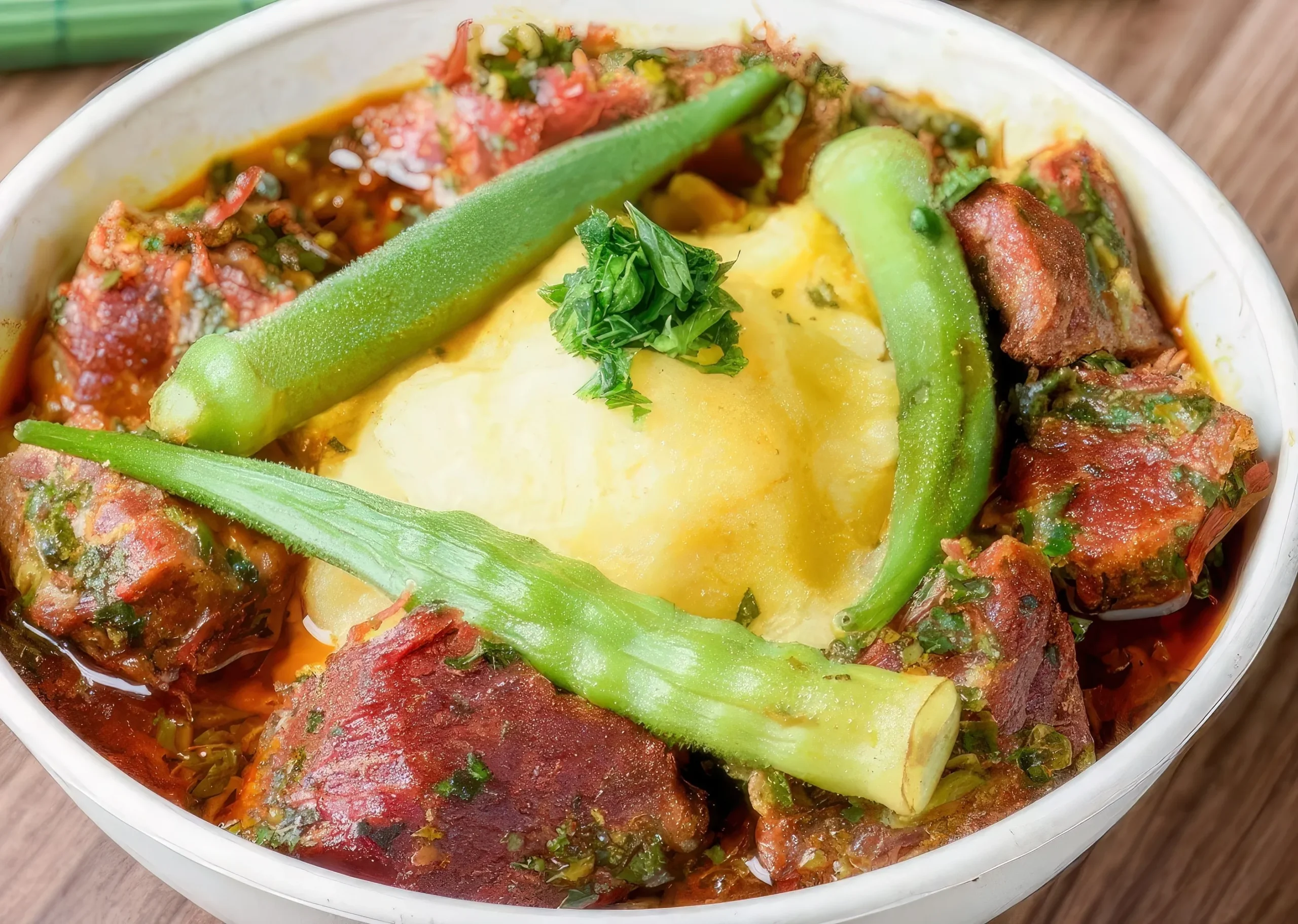
Calulu
Calulu is a traditional stew made with fish or seafood, often cooked with vegetables like okra, spinach, and eggplant.
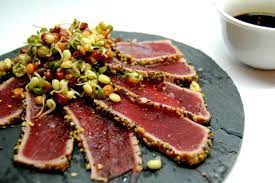
Tuna Tataki
Tuna Tataki is a popular appetizer made with seared tuna, often served with a soy-based dipping sauce.
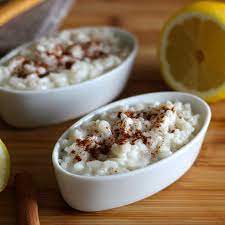
Arroz de Coco
Arroz de Coco is a dish of coconut rice, made with rice cooked in coconut milk, sometimes with added sugar or spices for a sweet and savory flavor.
Here are some typical foods and dishes of São Tomé and Príncipe:
Cachupa: Cachupa is a hearty stew commonly made with beans, corn, cassava, and various vegetables. It may also include meats like pork, sausage, or chicken. It is a staple dish in São Toméan cuisine.
Fisgado: Fisgado is a fish stew made with tomatoes, onions, and spices. It is often served with rice.
Feijoada: Feijoada is a bean stew with meat, typically made with black beans, pork, and sausages. It is a Portuguese-influenced dish and is a favorite comfort food.
Santomean Coffee: São Tomé and Príncipe is known for its coffee production. Coffee is often served strong and sweetened.
Akasa: Akasa is a popular snack made from fried bean cakes. It is a common street food.
Fried Plantains: Plantains are a common side dish and are often fried until golden brown and served as a sweet or savory accompaniment to meals.
São Tomé and Príncipe’s cuisine showcases the diversity of its cultural influences and the use of locally available ingredients. Whether you’re enjoying seafood by the coast or traditional stews inland, São Toméan cuisine offers a unique culinary experience that reflects the country’s rich history and tropical surroundings.
Transportation 🚥
More information about this country
Choose your destination 📍🗺
Useful Links ✅



